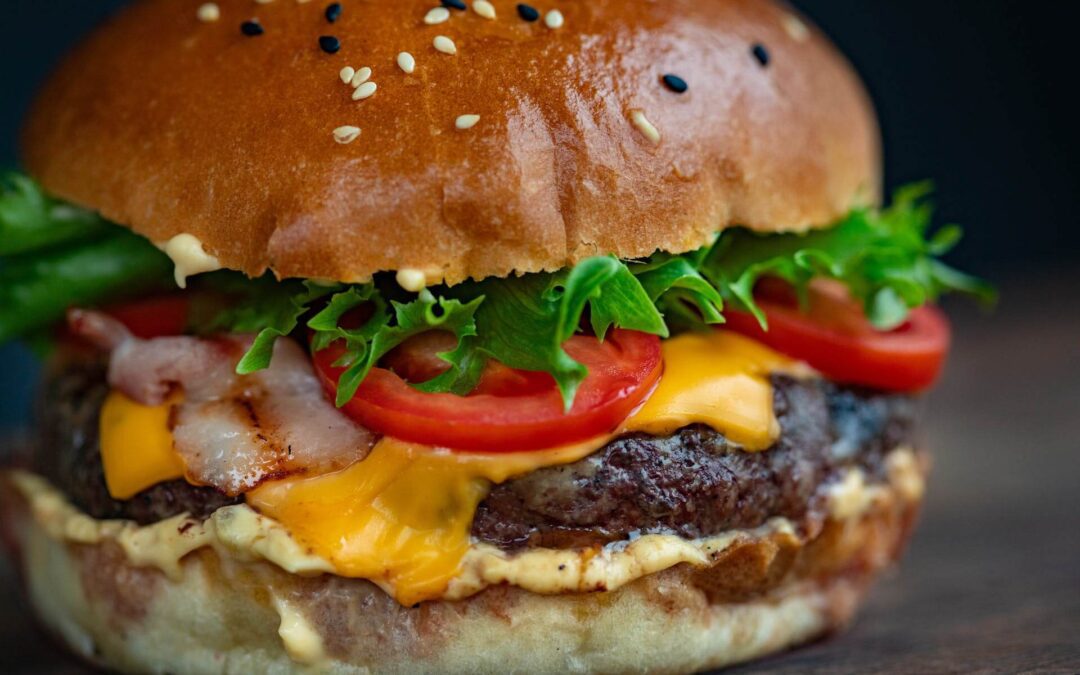The Cyclical Ketogenic Diet (CKD) might suit you if you’re sick of avoiding carbohydrates on Keto. You eat carbohydrates once or twice a week on Cyclical Keto. Aren’t they good times?
However, CKD isn’t only for people sick of carb limitations. Depending on your objectives and physiology, it may also deliver beneficial health advantages beyond a regular Keto diet.
The primary reason individuals carb cycle is to improve their workout if you think your performance has suffered while on Keto, the extra carbohydrates may assist.
There are more possible advantages. We’ll get to them in a minute once we finish the fundamentals.
What Is The Cyclical Keto Diet?
The Cyclical Keto Diet is a type of carb cycling, sometimes known as Keto cycling. If you follow a CKD, you consume high carbs on 1-2 non-consecutive days each week. On the other days, you follow the Standard Keto Diet (SKD).
The SKD is a deficient carb diet in which you consume 55-75% of your calories as fat, 20-30% as protein, and less than 10% as carbs. Maintaining a low carbohydrate intake suppresses the hormone insulin, and low insulin tells your liver to burn fat and make ketones. This distinct fat-burning condition is known as ketosis.[1]
The SKD macros are followed most of the week on Cyclical Keto. On 1-2 high-carb days, though, you invert them.
CKD Macros on High-Carb Days
- 55-75% carbs
- 20-30% protein
- 10% fat
On high-carb days, a 2000-calorie diet contains 300-400 grams of carbohydrates. If you’re highly active, the figure may be significantly higher.
While fat and carbohydrates alternate, dietary protein remains constant. Protein is essential for muscle maintenance, wound healing, immune cell formation, hormone production, and the structure of every tissue in your body.[2]
Carbohydrates and lipids, on the other hand, are both capable of creating energy (ATP). You bounce between these energy sources when you carb cycle.
Potential Benefits of the Cyclical Keto Diet
Carb cycling is famous among athletes as a performance booster, but athletes aren’t the only ones who can benefit from it. Much study hasn’t been done on Cyclical Keto, and the advantages are hypothetical.
#1: Exercise enhancement
Do carbs help with exercise? The activity determines it.
Longer, more difficult endeavors, such as marathons, obstacle races, and high-intensity interval training (HIIT), require glucose for energy—and dietary glucose (carbohydrate) is scarce on Standard Keto. The carbohydrates used to power these efforts on the SKD are nearly exclusively derived from a type of glucose storage known as glycogen.
However, the overall glycogen storage capacity of the liver and muscle cells is only approximately 500 grams (2000 calories). That’s probably not enough glucose to get you through a Tough Mudder. [3]
This is when Cyclical Keto comes into play. High-carb days replenish glycogen levels, allowing the athlete to rest and prepare for the next effort.
How about carbohydrate cycling for strength training? It’s unclear whether it helps. For example, a 2020 research published in the Journal of Strength and Conditioning Research discovered that a Standard Keto Diet increased resistance trained young men’s strength, testosterone levels, and body composition.[4]
To answer this question, someone must compare SKD and CKD in the context of resistance training. It’s difficult to say till then.
#2: Weight management
Weight reduction is one of the more theoretical effects of carb cycling. The hypothesis revolves around the hormone leptin.
Our satiety hormone is leptin. Leptin, in particular, attaches to receptors in the hypothalamus, a tissue deep within our brain. When we create enough leptin, we are no longer hungry, eat less, and lose (or maintain) weight.[5]
Carbohydrates are the primary food that increases leptin release. According to the hypothesis, cycling carbohydrates release leptin, increases satiety and weight management, and helps people break through weight reduction plateaus. However, more study is required.
#3: Gut Health
A large colony of bacteria resides within your stomach. These microorganisms consume substances we cannot digest (such as fiber). They create anti-inflammatory substances like butyrate and strengthen the intestinal barrier.[6]
Fiber is a carbohydrate, and CKD allows you to eat numerous fiber-rich foods previously restricted on Keto, such as sweet potatoes, turnips, and carrots. Depending on your digestive system, the extra fiber may be useful. However, remember that some people, including a subset of people with IBS, feel better on low-carb and low-fiber diets.[7][8]
#4: Makes Keto easier
Keto carbohydrate restriction might be onerous. Hearing a loved one happily chewing on an apple isn’t easy. Please crunch elsewhere.
The CKD allows you to enjoy that apple (or several apples if you like) once or twice a week. This can be beneficial to your morale.
It may also assist you in sticking with Keto in the long run. It’s great to know that there’s always a carb trip to look forward to.
How Fast Will You Return To Ketosis?
On high-carb days, you’re unlikely to burn much fat. Carbohydrates elevate insulin levels, and insulin hinders fat breakdown and oxidation.[9]
How quickly will you go back into ketosis? If you’ve been on the Keto diet for a few weeks, you’ll undoubtedly see a difference the next day. If you restrict carbohydrates most of the time, occasional trips into carb territory should not derail your ability to burn fat.
How to Get Started With The Cyclical Keto Diet
Follow these helpful hints to get started with CKD the correct way:
- Do the regular Keto diet for a month initially. This allows you to fat-adapt and return to ketosis more quickly after ingesting carbs.
- Plan your carb excursions. Please choose one or two days each week to eat heavy carbs and stick to it. The more you plan ahead of time, the less willpower you’ll need. You might also carb cycle daily, reserving all your carbohydrates for a meal, such as supper. This isn’t strictly CKD, but who’s counting? Follow your instincts.
- Eat nutritious carbs. Choose whole food carbohydrates such as bananas, sweet potatoes, and other starchy veggies. Avoid packaged, processed carbohydrates. White rice might be a suitable hypoallergenic alternative if your stomach is sensitive to fiber.
- Control your carb intake. The Cyclical Keto Diet necessitates some erratic carb counting. Make it simple by using the Carb Manager app to cycle macro targets on particular days of the week.
Should You Try The CKD?
If you’re searching for a way to exercise or an excuse to eat more fruit, the Cyclical Ketogenic Diet could be worth a try. But the only way to find out if it works for you is to give it a shot!





![How Low Carb and Ketogenic Diets Boost Brain Health [Benefits & Effects]](https://eathealthyisgood.com/wp-content/uploads/2023/11/pexels-ella-olsson-1640773-1-1080x675.jpg)

0 Comments